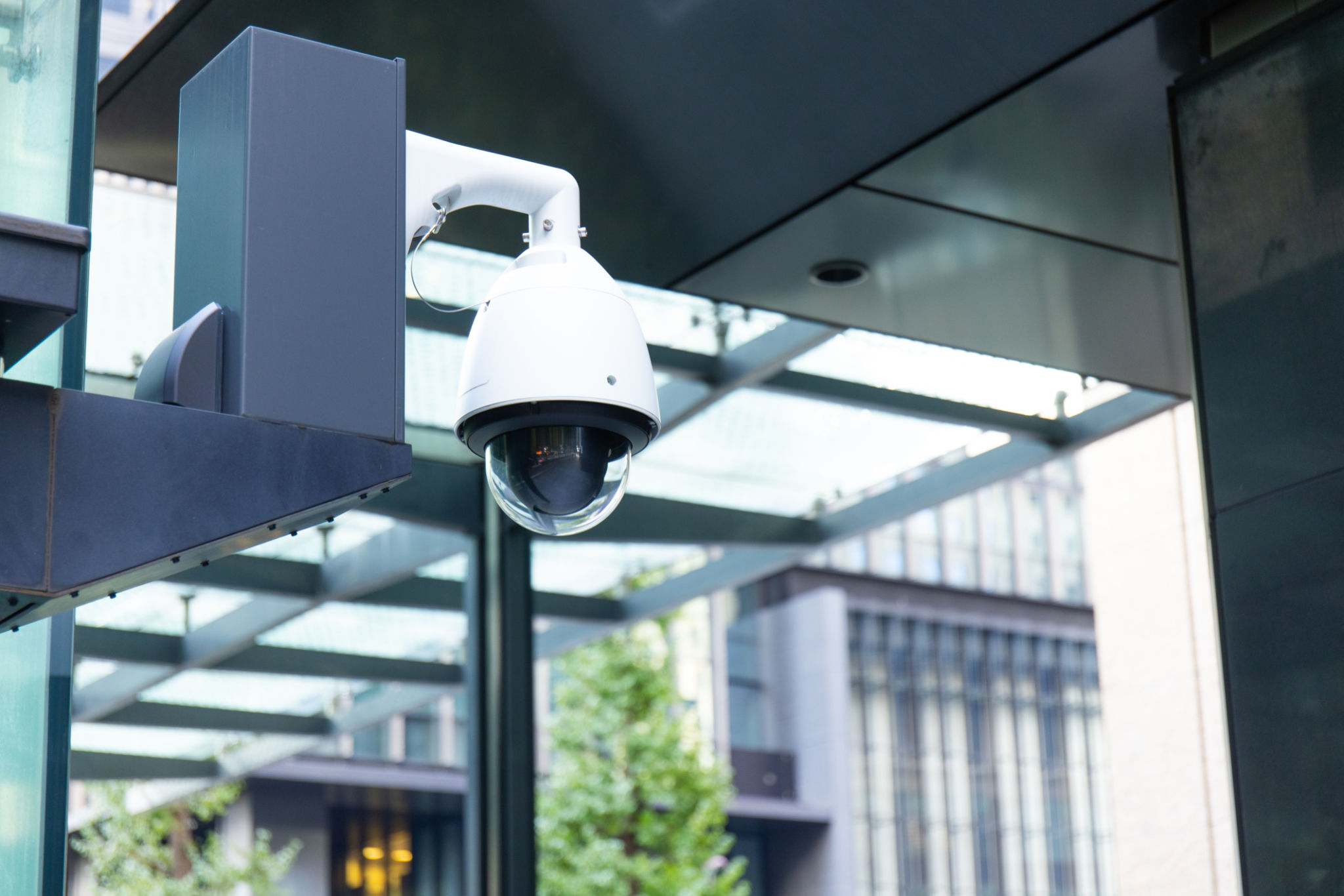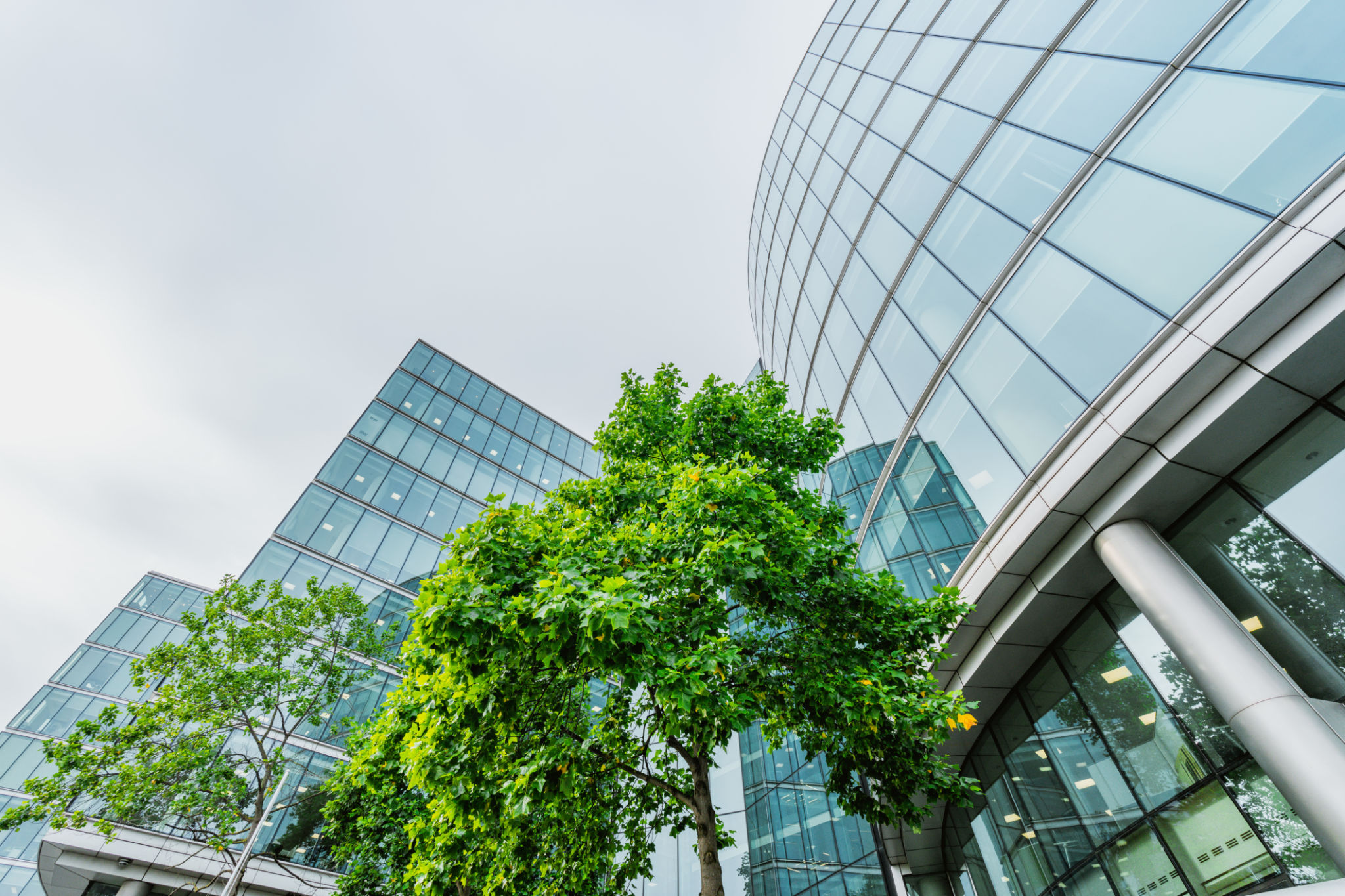Why Preservation of Commercial Buildings is Key to Long-Term Success
The Importance of Preserving Commercial Buildings
Preserving commercial buildings is often overlooked in the fast-paced world of real estate and development. However, it plays a crucial role in ensuring long-term success for businesses and communities alike. By maintaining these structures, we not only safeguard architectural history but also enhance economic stability and sustainability.

Historical and Cultural Significance
Commercial buildings often hold significant historical and cultural value. These structures serve as tangible reminders of our past, connecting us to the stories and achievements of previous generations. By preserving them, we honor our heritage and maintain the unique character of our communities. This can be a strong draw for tourists and locals alike, providing a sense of identity and continuity.
Moreover, preserved buildings often become iconic landmarks that contribute to a city's brand and reputation. They provide a backdrop for civic pride and can be leveraged in marketing and promotional efforts, boosting tourism and local engagement.
Economic Benefits
Preserving commercial buildings can also be economically advantageous. Renovation and adaptive reuse of existing structures often cost less than new construction, especially when factoring in demolition costs and the environmental impact of new builds. Furthermore, maintaining these buildings can lead to increased property values and attract investors interested in sustainable development.

Additionally, preserved commercial buildings often attract niche markets and businesses that value unique spaces with character. This can lead to the creation of vibrant business districts with diverse offerings, enhancing the overall economic health of an area.
Sustainability and Environmental Impact
In an era where sustainability is paramount, preserving commercial buildings is a key component of environmentally responsible development. Renovating existing structures minimizes the environmental impact compared to new construction, reducing waste, energy consumption, and resource depletion.
- Reduced waste from demolition
- Lower energy consumption for materials
- Conservation of resources

Enhancing Community Well-Being
The preservation of commercial buildings contributes to community well-being by fostering a sense of place and belonging. These structures often host local businesses that serve as community hubs, providing spaces for social interaction, collaboration, and support. This strengthens social ties and encourages community participation.
Furthermore, preserved buildings can be transformed into spaces for public use, such as galleries, museums, or community centers, offering cultural and educational opportunities to residents.
Conclusion
Preservation of commercial buildings is not merely about maintaining old structures; it is about investing in the future. By valuing historical significance, capitalizing on economic benefits, promoting sustainability, and enhancing community well-being, we ensure long-term success for businesses and communities alike. Embracing this approach can lead to more vibrant, resilient cities that honor their past while building towards a sustainable future.